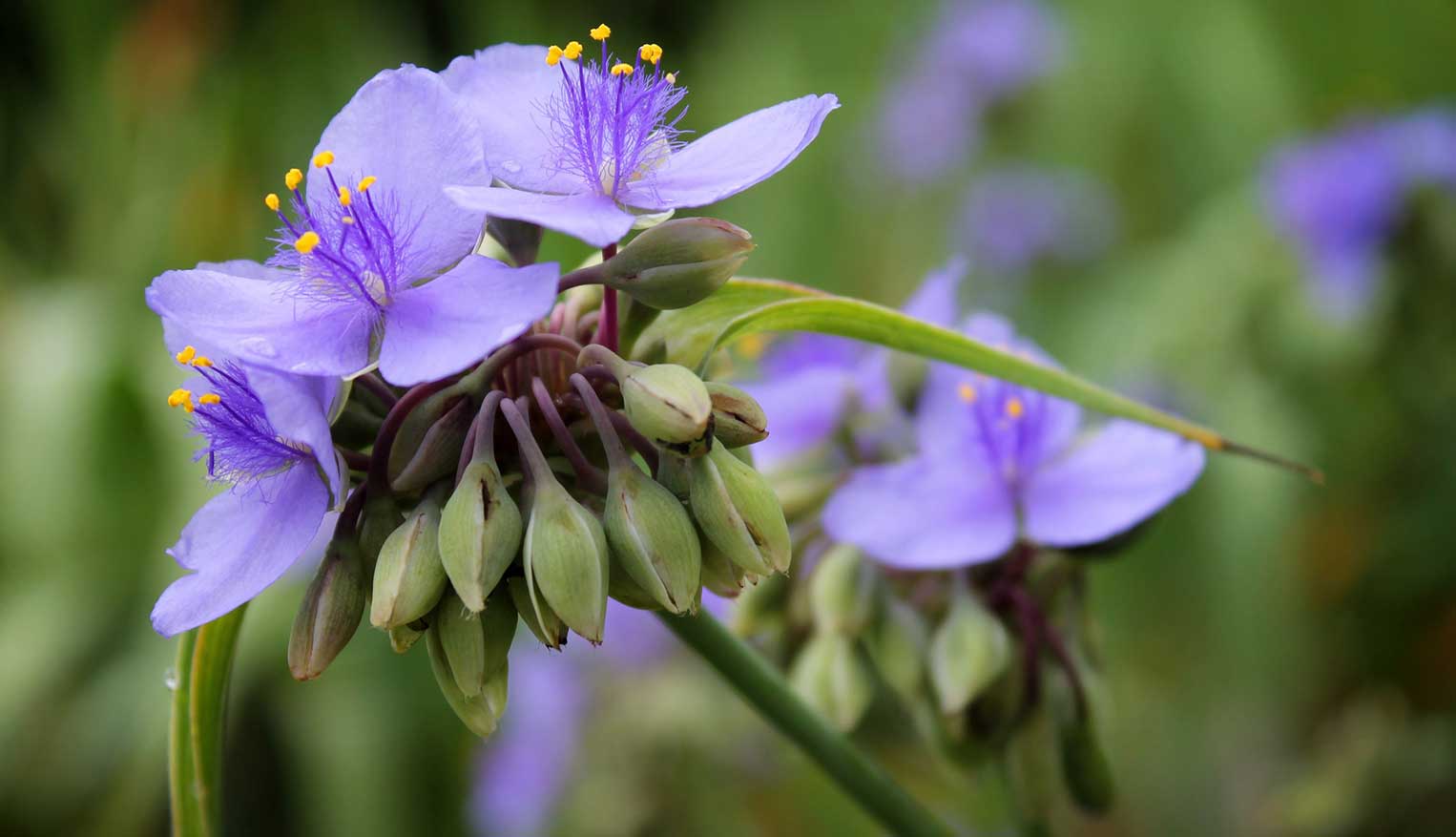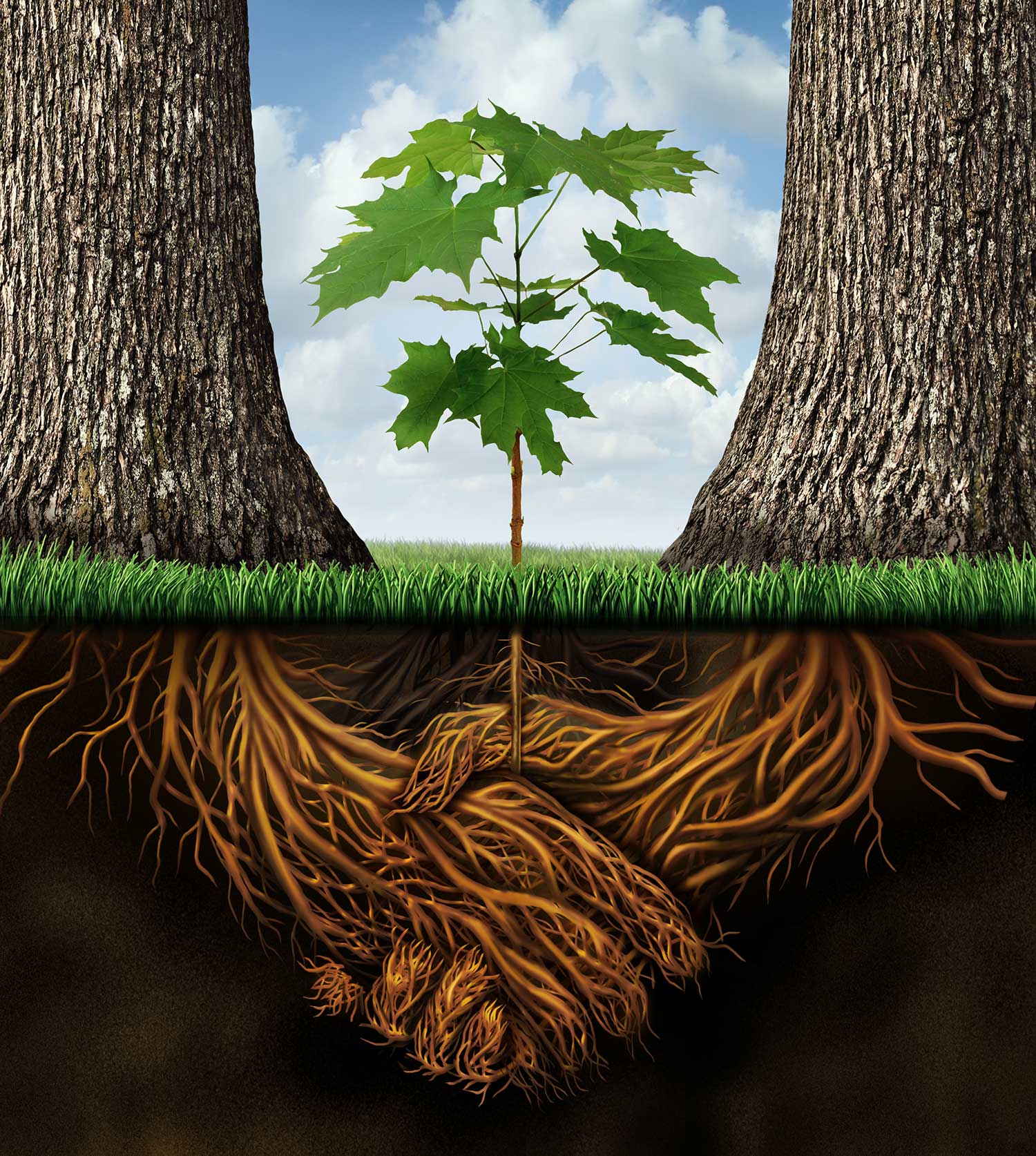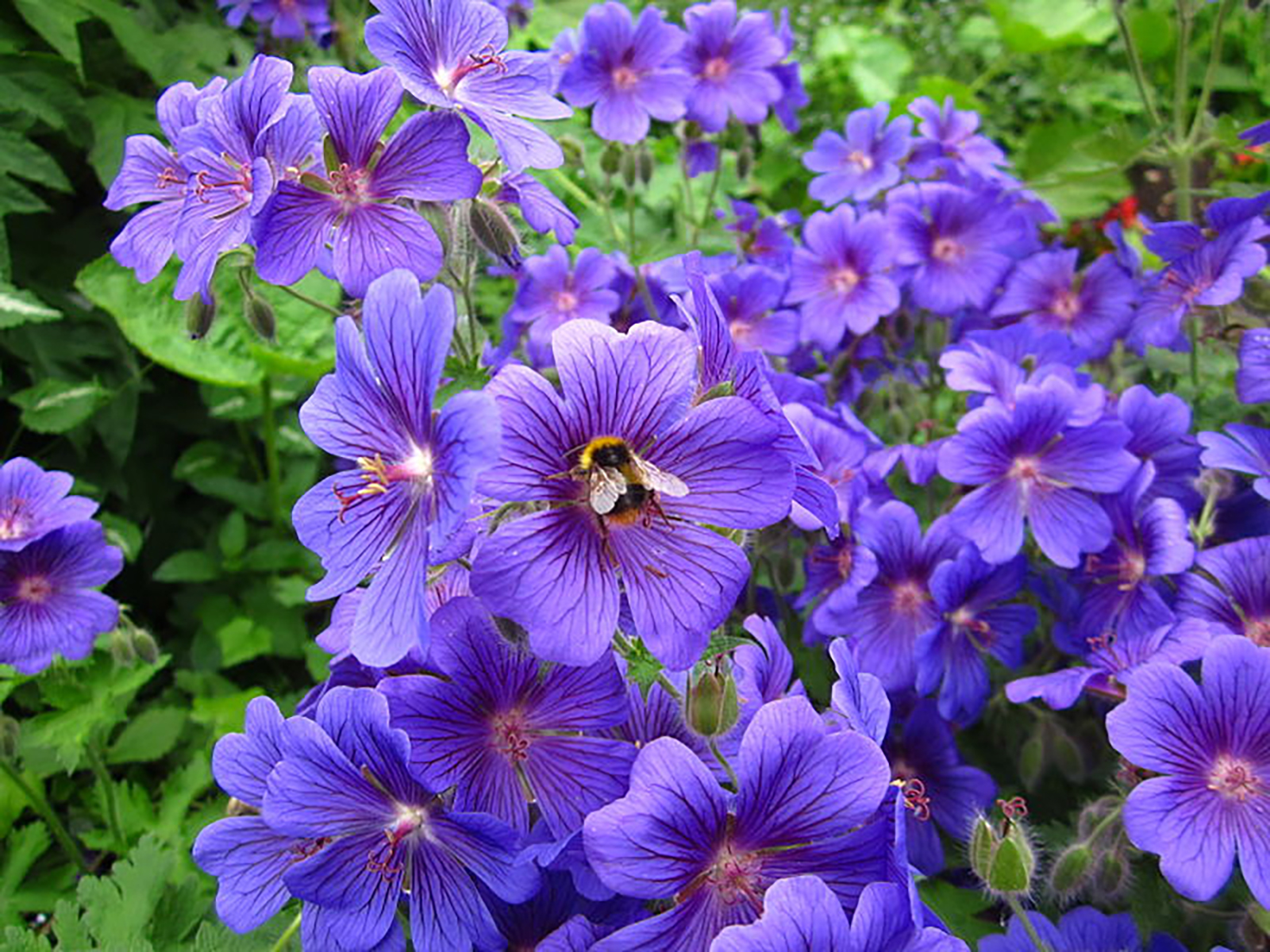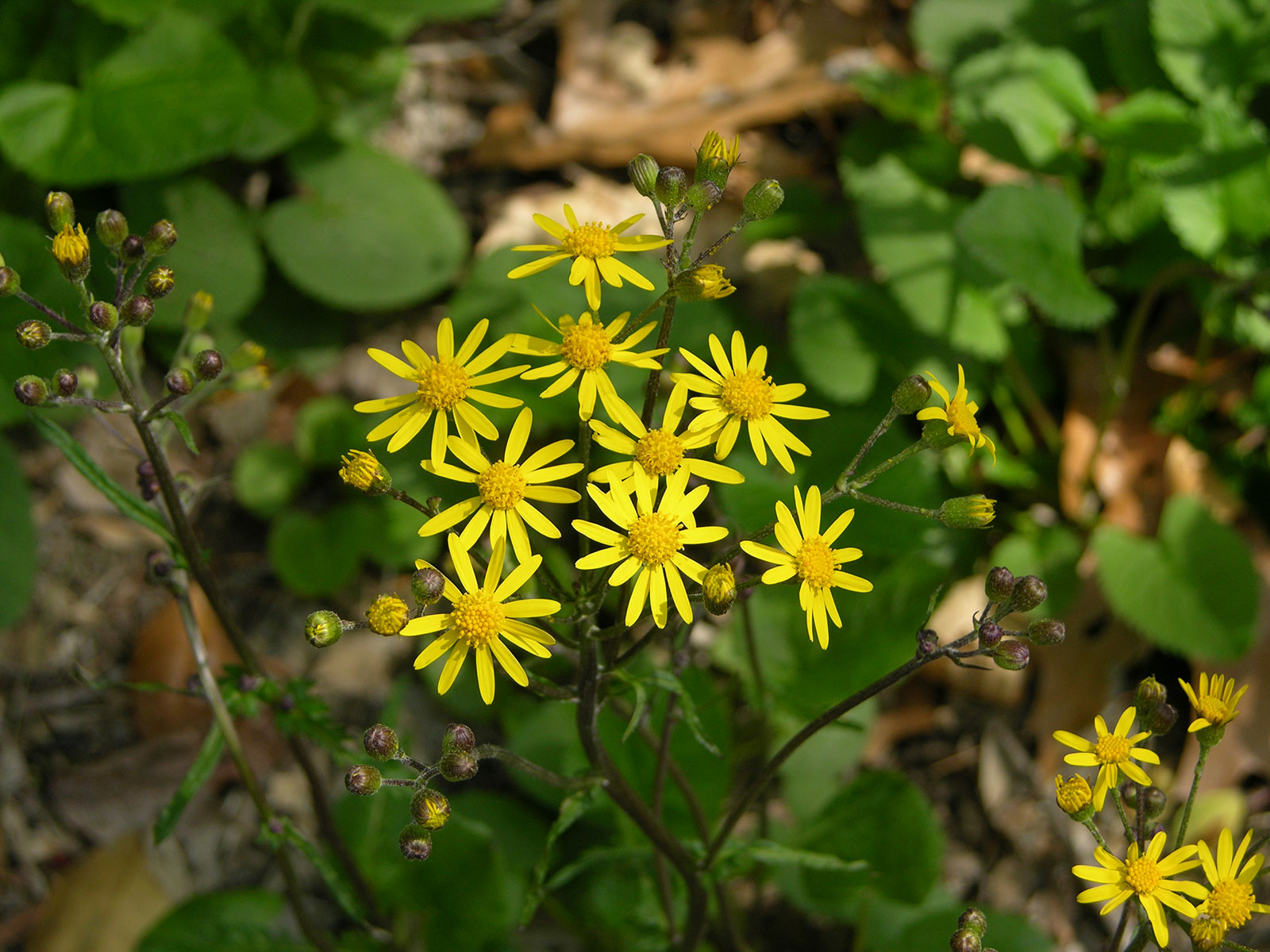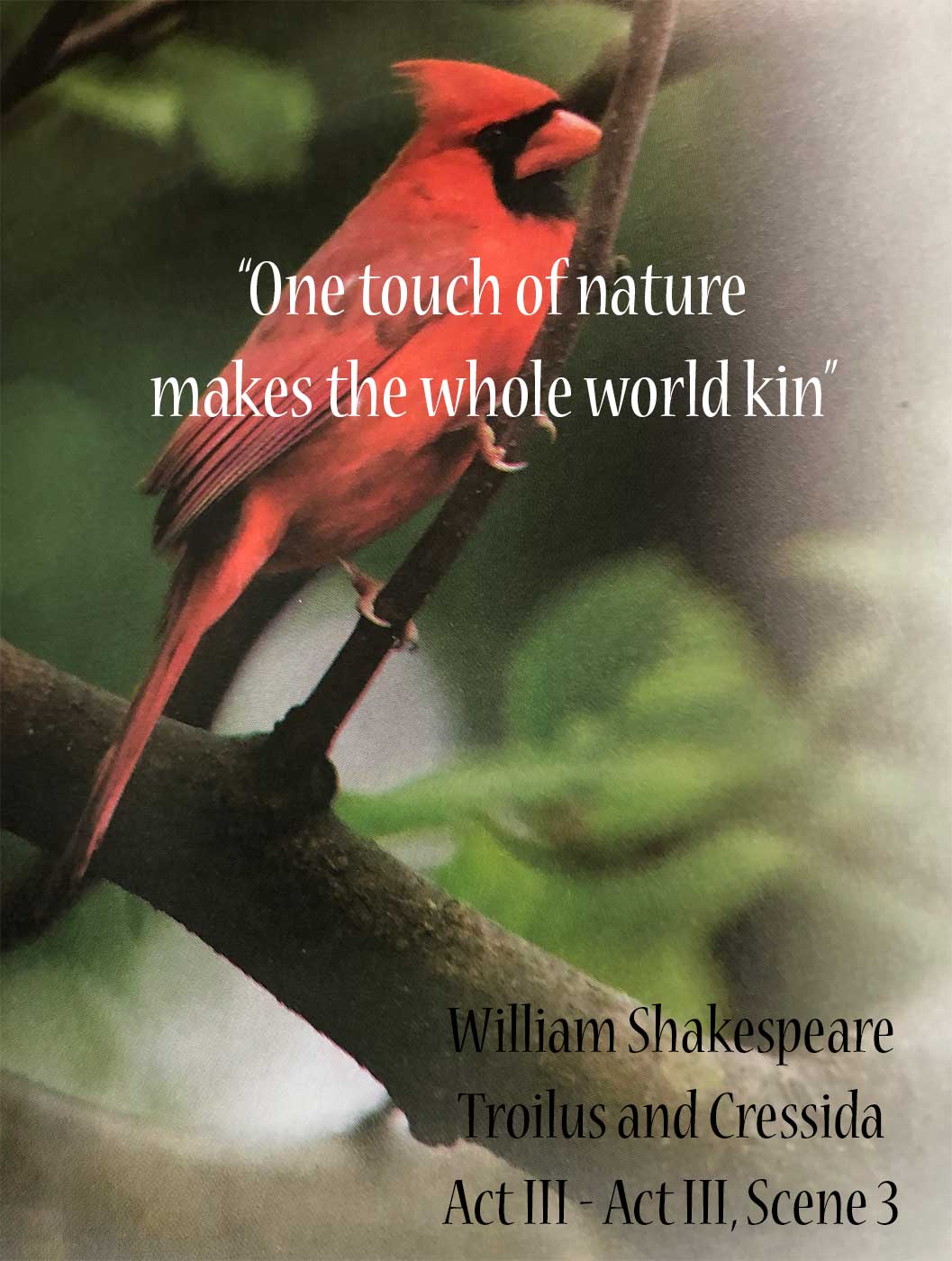Spiderwort – tradescantia virginiana
An interesting and long-blooming perennial for native plant gardens, woodland or shade gardens, wild gardens or naturalized areas. Virginia spiderwort inhabits dry upland forests, rocky open woods, and wood edges, typically in acid soils. It seems to prefer shaded situations but can sometimes be found in full sun. This species adapts well to cultivation, is easy to grow, and reliably makes an attractive garden specimen.

